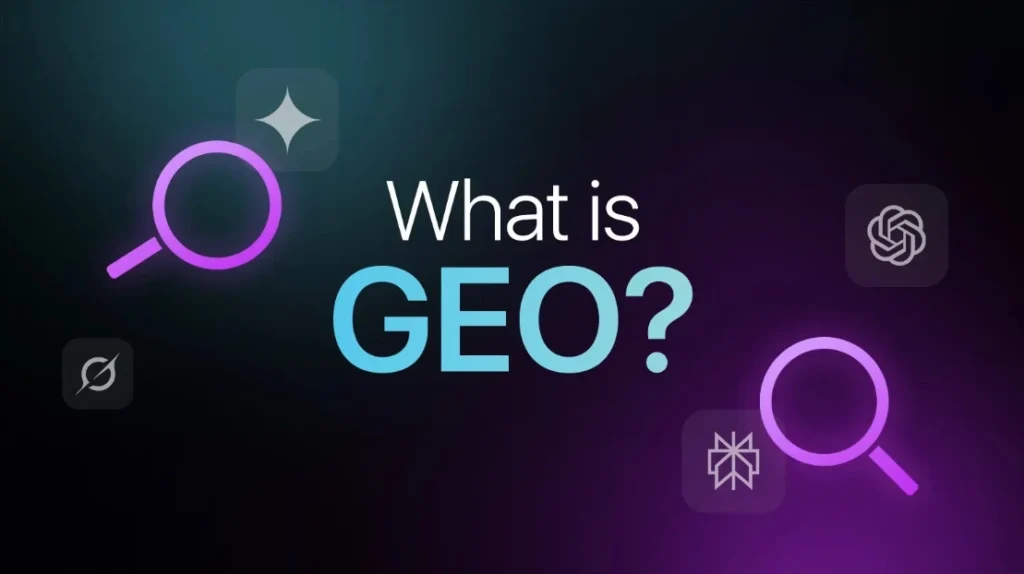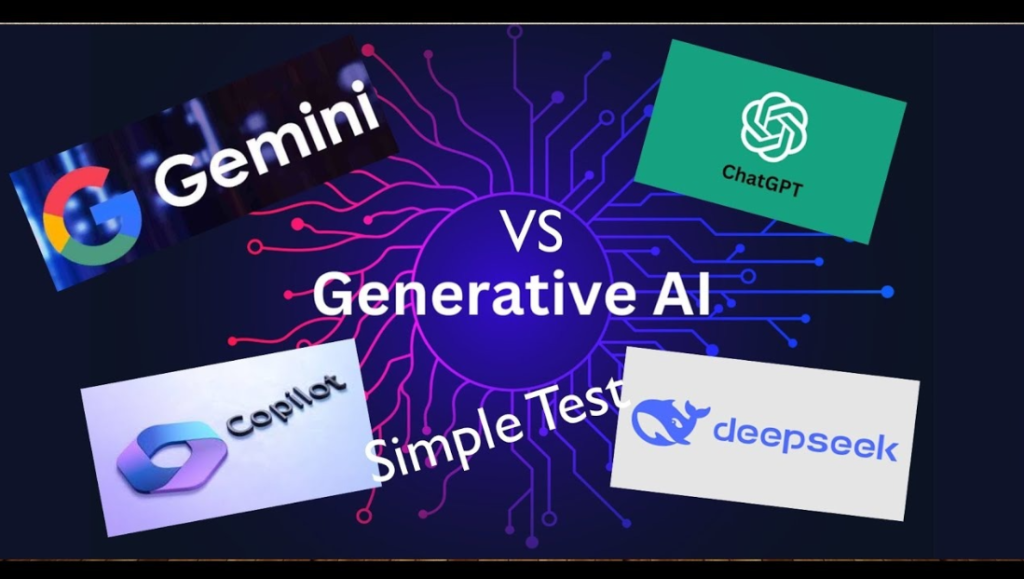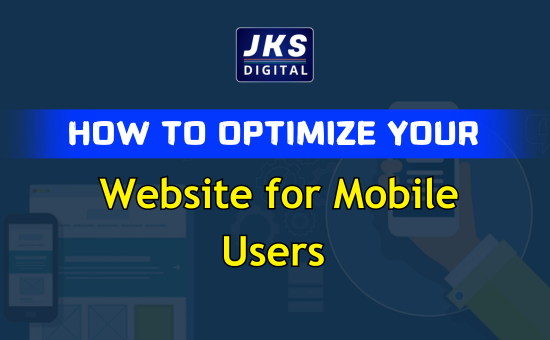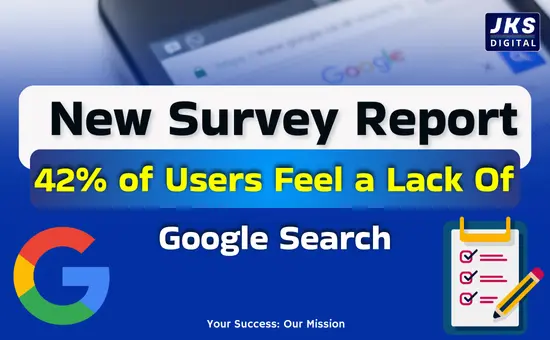Generative Engine Optimization (GEO) 2025:- The digital marketing landscape is constantly evolving. Focusing only on Google optimization is no longer sufficient. In 2025, a new concept has taken center stage — Generative Engine Optimization (GEO).

GEO means optimizing your content for AI-driven search engines like Google SGE (Search Generative Experience), ChatGPT, Bing Copilot, and Perplexity.ai. In simple terms, your content must now be readable, reliable, and trustworthy not just for humans, but also for AI algorithms that summarize and present information.
For marketers, GEO has quickly become the new hero of SEO, and it’s set to transform the way we approach digital visibility in the years ahead.
What is GEO and Why It Matters in 2025?
Generative Engine Optimization (GEO) refers to creating content in a way that makes it clear, accessible, and easily picked up by AI-driven search platforms.
When a user asks a question on tools like ChatGPT or Google SGE, these engines pull data from multiple sources and generate a summarized response. If your content is GEO-optimized, your brand has a higher chance of being included in these AI-generated answers.

Benefits of GEO for Marketers
- More visibility across both search engines and AI platforms
- Stronger brand credibility through cited mentions in AI responses
- Organic growth from appearing in direct, summarized answers
With AI adoption skyrocketing, users are shifting from traditional searches to AI assistants as their first choice. This is the reason GEO has shifted from being optional to becoming a necessity.
GEO vs SEO: Understanding the Difference
SEO (Search Engine Optimization)
- Designed for traditional search engines like Google
- Focus areas: keywords, backlinks, technical optimization, page speed, schema markup
- Output: Blue links, snippets, and rankings based on search queries
GEO (Generative Engine Optimization)
- Designed for AI-driven engines like Google SGE, ChatGPT, Bing Copilot

- Key areas of emphasis include conversational writing, question-and-answer formatting, building topical authority, and ensuring reliability.
- Output: Direct, summarized answers generated by AI (sometimes with source citations)
In summary, SEO caters to Google’s traditional search, whereas GEO is designed for AI-driven search experiences.
How GEO Makes SEO More Powerful
GEO does not replace SEO; instead, it enhances and complements it. When your content is both SEO-optimized and GEO-friendly, you gain double exposure:
- Ranking in traditional Google search results
- Being featured in AI-generated summaries and answers
This dual visibility makes your brand stronger across multiple discovery platforms, something traditional SEO alone could not achieve.
Why GEO Emerged in 2025
The rise of GEO is driven by major shifts in user behavior and technology:
- AI as a primary research tool: People prefer clear, summarized answers from AI rather than browsing multiple websites.
- Speed and accuracy demand: Users want instant solutions instead of long searches.

- Trust and authority: AI engines need reliable, high-quality content to generate accurate answers.
- Proof of adoption: Google’s launch of SGE is the biggest sign that AI-powered search is the future.
Who Benefits the Most from GEO?
GEO can give a competitive edge to many industries and professionals, including:
- Businesses & Startups – gain brand visibility in AI-generated answers
- Content Creators & Bloggers – establish topical authority in their niche
- E-commerce Brands – get products, reviews, and comparisons highlighted
- Educational Platforms – answer “how-to” and FAQ-style queries effectively
- Agencies & Marketers – deliver next-gen strategies for clients
Tips to Make Your Content GEO-Friendly
- Focus on Human-Centric Content
Write content that solves real problems and delivers value. Keep the tone conversational and reader-friendly. - Use Structured Data & Schema Markup
AI engines understand structured content better. Implement FAQs, How-To guides, and schema markup to improve readability. - Build Topical Authority
Don’t just stuff keywords. Create deep, in-depth content around your niche to become a trusted authority.

- Answer in Q&A Style
Since AI queries are conversational, use a Q&A format on your site. This increases the likelihood of your content being used in AI answers. - Prioritize Trust Signals
Backlinks, author bios, testimonials, and case studies build brand credibility — something AI values highly. - Keep Content Fresh
AI prefers up-to-date data. Regularly update your blogs, pages, and stats.
Conclusion
Generative Engine Optimization (GEO) in 2025 is not just a trend — it’s a revolution in digital marketing. It doesn’t replace SEO but takes it to the next level, making content visible both in traditional search engines and AI-driven summaries.
Businesses and marketers who adapt GEO today will stay ahead of competitors tomorrow. In short:
SEO + GEO = Future-Proof Digital Marketing
FAQs on Generative Engine Optimization (GEO)
Q1. What is the difference between GEO and SEO?
SEO is about optimizing content for traditional search engines, while GEO focuses on making content visible in AI-driven engines like Google SGE and ChatGPT.
Q2. Is GEO necessary for all marketers in 2025?
Yes. With AI becoming the primary search tool, GEO is essential for staying relevant and competitive.
Q3. What content formats work best for GEO?
Q&A style blogs, FAQs, how-to guides, case studies, and original data-driven content perform best.
Q4. Does GEO require technical SEO?
Absolutely. Elements like schema markup, site speed, and structured content remain vital.
Q5. How does GEO benefit a brand?
It boosts brand awareness, builds trust, and attracts organic traffic by ensuring your content appears in AI-powered answers.





